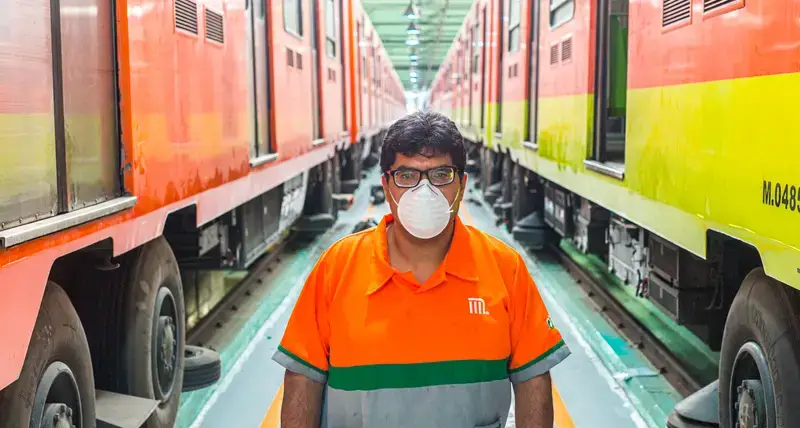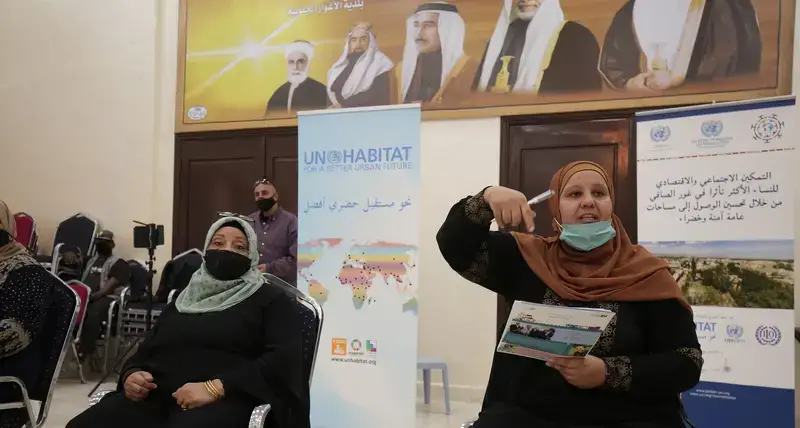Overview
Urbanization, particularly in the developing world, has been accompanied by increased levels of crime, violence and lawlessness. The growing violence and feeling of insecurity that city dwellers are facing daily is one of the major challenges around the world. In some countries, crime and violence have been exacerbated by the proliferation of weapons, substance abuse and youth unemployment. Global studies show that 60% of all urban residents in developing countries have been victims of crime, at least once over the past five years, 70% of them in Latin America and Africa. Without a deliberate effort to address this situation, the prospects
of future development and poverty reduction are limited.
Crime and violence have impacts on the everyday life of city residents. Women and children are often the most affected, especially when fear hinders their access to services. The impacts of crime and insecurity restrict urban social and economic development, and often jeopardize opportunities and pro-poor policies. With twenty-three years of experience, the Safer Cities programme has implemented effective urban safety programmes in 77 cities and towns in 24 countries around the world. The approach embraces a more holistic and participatory solution to reduce or prevent crime and violence. It supports cities and towns in adopting city-wide urban safety strategies and action plans, building on socially inclusive and participatory approaches that contribute to a safer and just city for all.
Over the past 23 years, the programme has implemented effective urban safety and security programmes in 77 cities and towns in 24 countries.
The urban crime prevention approach
The Programme started with the “Urban Crime Prevention Approach” which focused on the three pillars of:
- Institutional crime and violence prevention – promoting the role of local government in providing safety and security for their inhabitants, promoting alternative forms of policing (community policing and problem-oriented policing), alternative forms of justice and bringing justice closer to the people (e.g. tribunals and traditional community conflict mediation mechanisms)
- Social crime prevention – focusing on youth at risk and women and girls safety
- The physical environment
The multi-dimensional approach to urban safety
The second phase focused on the multi-dimensional approach to urban safety and two new areas were added to the equation:
- Security of tenure and forced evictions – land ownership is often the cause of a lot of violence and conflict (e.g. Colombia and Kenya)
- Natural disaster and conflicts also cause situations of lawlessness and provides a window for insecurity to rise (e.g. Hurricane Catherina and the earthquake in Haiti – were followed by a situation of complete lawlessness when the institutions crumbled!
Enhancing safety through planning, management and governance
The third phase has again expanded with another dimension: Enhancing safety through planning, management and governance.
- The planning (and also the un-planning) of cities has an effect on safety and people’s feelings of safety
- The management of the city streets and public spaces is also key to ensure that neighborhoods are kept safe – this is not only the role of the local authority, there are models where community ownership and management is crucial in ensuring that these spaces are safe.
- Good governance and well-functioning governments support safe cities – cities with weak governance are cities often rife with crime and violence.
This phase considers the citywide plan for safety as a planning tool for social integration, focusing on neighbourhood planning with tools for community appropriation, access rights and allocation of streets and public spaces as sites for the construction of citizenship values. The three phases should not be seen as separate phases, but more as building layers on top of each other, refining and enhancing each other – moving towards a more comprehensive approach on urban safety rather than narrowly focusing on crime and violence prevention.
Local authorities and safer cities
Local authorities have a key role to play in addressing the issues of safety. Success depends on partnerships between local governments and other stakeholders. The Safer Cities Programme support local authorities in developing and implementing safety strategies using a systematic approach:
- Identifying and mobilizing diverse local partners who can contribute to reducing insecurity;
- Creating a local safety coalition/partnership led by a public leader;
- Assessing, measuring and understanding the safety and security issues on the neighbourhood and city level;
- Developing a local crime prevention/urban safety strategy and a detailed plan of action;
- Implementing the strategy and action plan through initiatives that improve social cohesions and community engagement in prevention;
- Institutionalization of the participatory approach by incorporating safety as a cross-cutting dimension in various departments and institutions of local government, criminal justice system and civil society. This requires capacity development, coaching and sometimes institutional reform.


